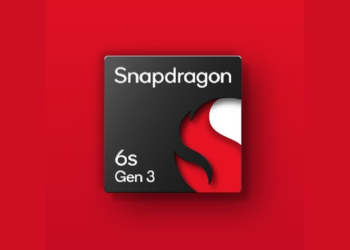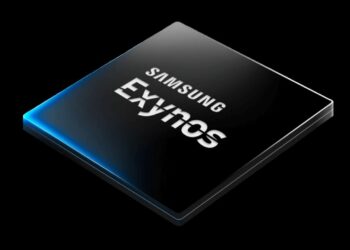The Snapdragon 8 Gen 1 and its finer brother, the Snapdragon 8+ Gen 1 have been with us for a while now, and Qualcomm feels it is time for its next flagship to hit the market.
November has been rumoured to be the month the Snapdragon 8 Gen 2 hits the market, with a new report from Weibo hinting that Qualcomm will prioritize power draw efficiency and sustained performance this time round.
Both versions of the Snapdragon 8 Gen 1 are really powerful chipsets on paper, however, they are incredibly power hungry and generate too much heat which works against them in day-to-day use and when under extreme load.
Qualcomm seems to want to iron this out, and in the process also refine their battery consumption. The report on Weibo explains that to achieve this efficiency, the company had hand-picked the team that worked on one of their most efficient chips, the Snapdragon 835.
The Snapdragon 835 ran quietly on the 2.3 GHz peak clock frequency and was hailed for its power draw at the time, powering devices like the Samsung Galaxy S8 and S8 Plus, Google Pixel 2 and 2 XL and Sony Xperia XZ Premium.
Given that the Snapdragon 835 was developed on the 10 nm process which seems severely outdated compared to today’s 4 nm, not to mention the 3 nm process that is expected to be used on 2023’s flagships chipsets, the Snapdragon 8 Gen 2 has the potential to be something special.
Kailua and SM8550 are respectively the code name and the model number of the Snapdragon 8 Gen 2 chipset and has an unusual configuration which reportedly plays a role in achieving the desired efficiency under load.
The set up consists of one Cortex-X3 core that reportedly provides a 25% performance boost over the X1 in the Snapdragon 8 Gen 1 models, as well as two Cortex-A715, two Cortex-A710, and three Cortex-A510. This configuration makes it possible for Qualcomm to turn on and off cores with more uneven power draw ration envelopes depending on the current task, which guarantees optimal battery consumption at all times.
How efficient the chip turns out to be will be interesting to see, given that the Snapdragon 8+ Gen 1 developed by TSMC is 30% more efficient compared to the Snapdragon 8 Gen 1 developed by Samsung.
The Snapdragon 8 Gen 2 will be developed by TSMC, which bodes well for Qualcomm if they are to compete against Apple’s A16 Bionic and MediaTek’s Dimensity 9100.












